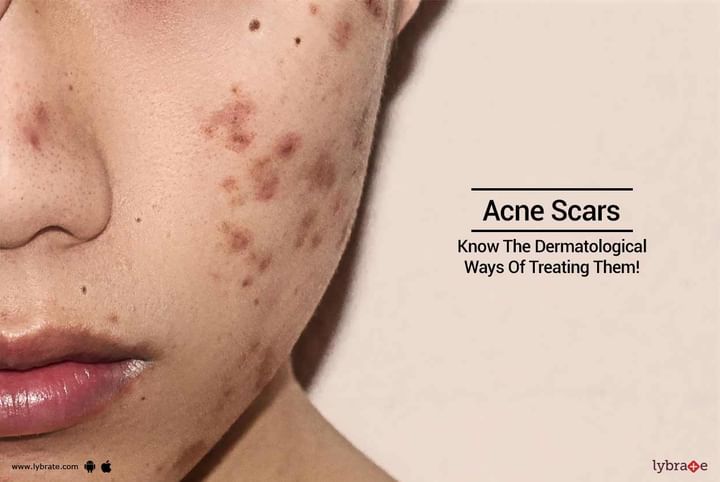Acne Scars - Know The Dermatological Ways Of Treating Them!
Acne scars are caused when a pimple or cyst is popped and broken leaving a layer of damaged skin behind. These scars are caused by the excess oil, dead skin, and bacteria blocking the skin pores causing it to swell.
Acne scars can be categorized into three types:
- Ice Pick scars which are small but have deep pits.
- Boxcar scars have sharp edges, these can be shallow or deep
- Rolling scar have a wavy look as they are wide and shallow. This type of scarring is usually caused by damage to the skin.
Causes of acne scars:
Acne and acne scars can be caused due to the following reasons:
- Hormonal imbalance during or after the onset of puberty
- Medicines that contains lithium, androgen or corticosteroids
- Oil and greasy food items and those rich in carbohydrates can trigger acne. In some cases, dairy products can worsen the condition.
Simple tips to prevent scarring:
Some acne scars fade with time. In the early stages, the scars might look pink as blood vessels in the damaged area of the skin provide it with nourishment. With time the collagen in the skin would fill the injured or damaged portion of the skin. In some cases, it might take up to a year for scars to fade.
- Don’t pick or squeeze pimples or acne as they can get inflamed. This inflammation can cause the bacteria to go further into the skin which would result in deeper scars.
- Use mild cosmetic products as some products can increase the risk of acne and scarring. Non-toxic, paraben-free products free from synthetic dyes and colours should be used sparingly.
- Getting enough sleep is important and necessary for the body to produce collagen which is a protein necessary for skin elasticity. Sleep also helps the body and skin to repair itself.
Treatment of acne scars:
In extreme cases, you might need proper treatment at a hospital. Most of these treatments can be performed as an outpatient procedure. Some of them are:
- Skin resurfacing: where the damaged skin is removed to help new skin to grow. The damaged skin can be removed by the use of a laser, dermabrasionor a chemical peel.
- Laser Treatment: Lasers such as fractional CO2, MNRF, etc can help.
- Fillers: In this procedure, the doctor would inject a filler such as a collagen or fat into the damaged area. This helps the skin to become smooth.
- Rolling: Rolling also known as needling, is a procedure where tiny needles are rolled over the skin to stimulate it to grow
- Surgery: In a few very extreme cases the scars would need to be cut away and the area repaired with the use of skin grafts obtained from another part of the body.
Any scars and especially acne scars can be unsightly. A skin doctor or dermatologist would help you choose the right treatment plan depending on the type of damage done to the skin.



+1.svg)
